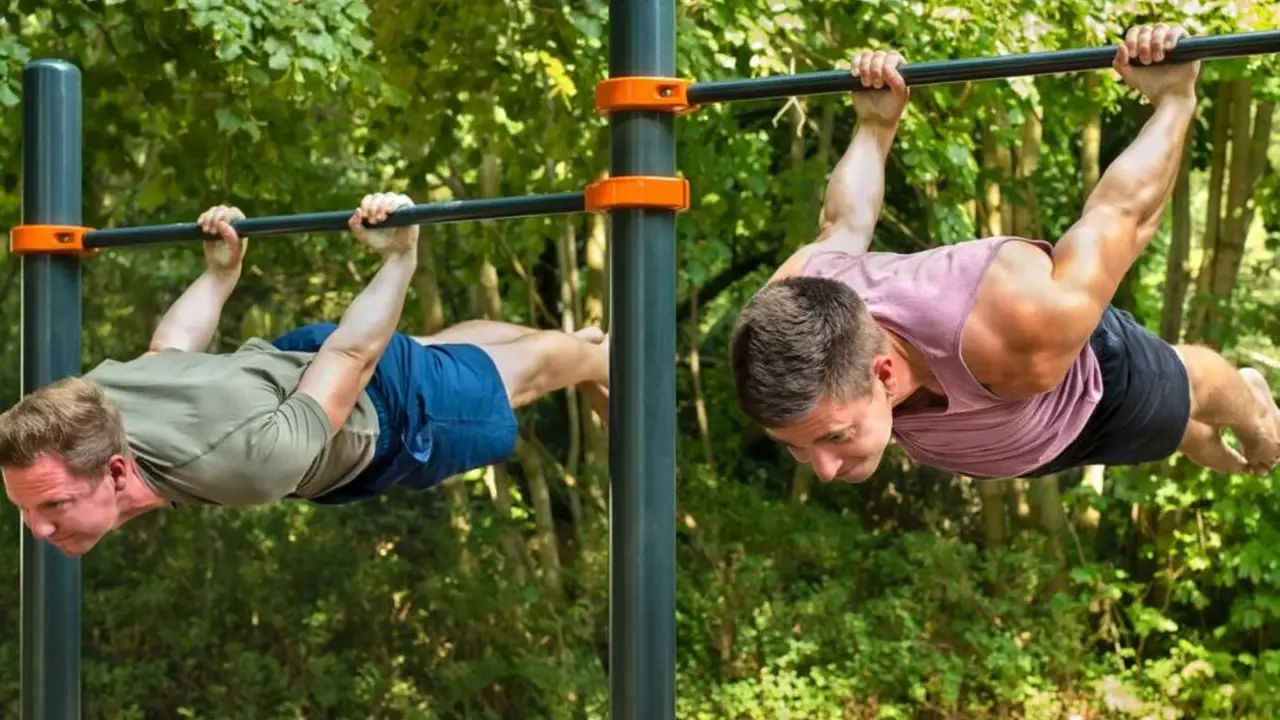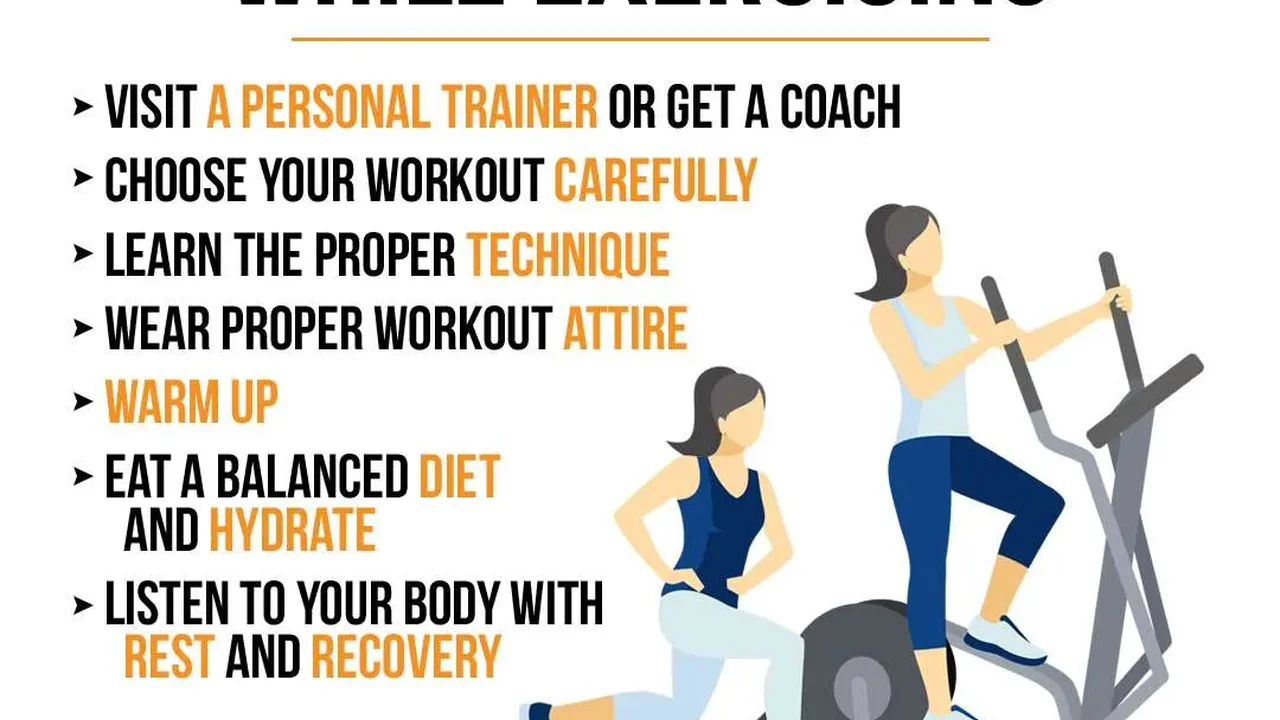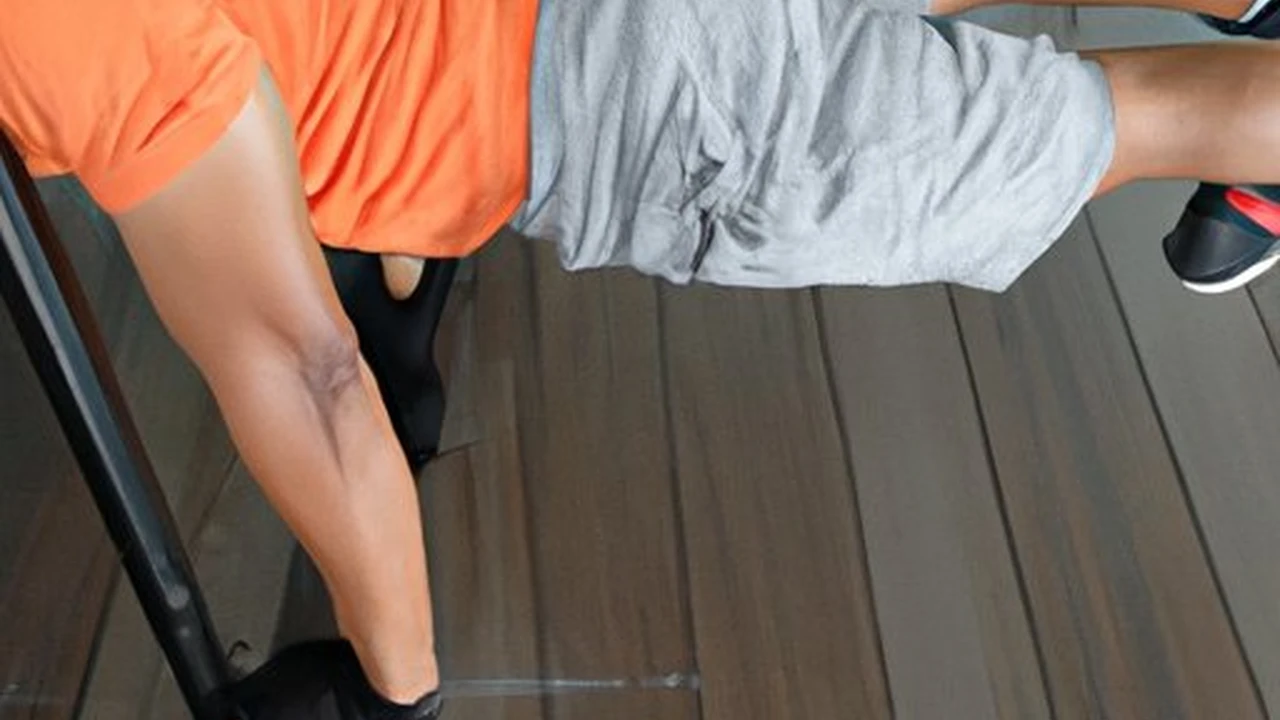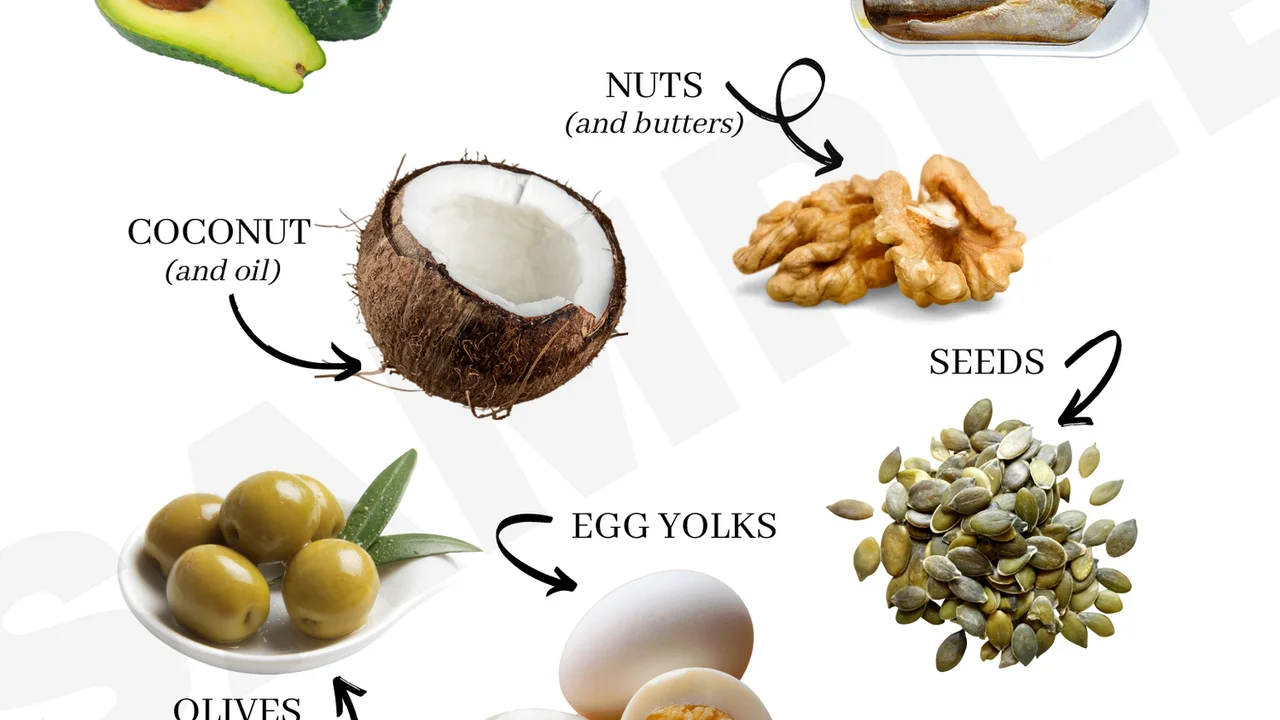Back Lever Progression_ Shoulder and Core Control

Introduction to Advanced Back Lever Training for Street Workout Enthusiasts
So, you've been grinding, haven't you? You've conquered the pull-up bar, tamed the dip station, and now you're staring down the barrel of something truly impressive: the Back Lever. This isn't just another calisthenics move; it's a statement. It's a testament to your dedication, your strength, and your control. But let's be real, the back lever progression is a marathon, not a sprint. And like any marathon, you need a solid plan, the right gear, and a whole lot of grit.
This article, the tenth in our "Mastering Fundamental Street Workout Movements" series, dives deep into the nuances of back lever progression. We're going beyond the basic tuck lever and straddle lever, and exploring advanced techniques to unlock this coveted skill. We'll focus specifically on shoulder and core control, the unsung heroes of a successful back lever. We'll also explore some of the equipment that can help you along the way, offering recommendations, use cases, comparisons, and pricing details.
Understanding the Importance of Shoulder Stability for Back Lever Mastery
Let's talk shoulders. These complex joints are the foundation of almost every upper body movement, and the back lever is no exception. In fact, the back lever demands an incredible amount of shoulder stability and strength. Think about it: you're essentially hanging upside down, supporting your entire body weight with your shoulders. Without adequate stability, you're risking injury and hindering your progress.
So, how do you build that crucial shoulder stability? Here are a few key exercises to incorporate into your training:
- Scapular Retractions: These seemingly simple movements are crucial for activating the muscles that stabilize your shoulder blades. Focus on squeezing your shoulder blades together without shrugging your shoulders. Aim for 3 sets of 15-20 repetitions.
- Scapular Protraction and Retraction on Rings: Performing these movements on gymnastic rings adds an element of instability, further challenging your shoulder stabilizers. Start with your body in a plank position, hands on the rings. Protract your shoulder blades by pushing away from the rings, then retract them by pulling your shoulder blades together. Aim for 3 sets of 10-15 repetitions.
- Band Pull-Aparts: Using a resistance band, hold the band with both hands, palms facing down. Keeping your arms straight, pull the band apart, focusing on squeezing your shoulder blades together. Aim for 3 sets of 15-20 repetitions.
- Face Pulls: These exercises target the rear deltoids and rotator cuff muscles, which are essential for shoulder health and stability. Using a cable machine or resistance band, pull the rope or band towards your face, keeping your elbows high and focusing on squeezing your shoulder blades together. Aim for 3 sets of 12-15 repetitions.
Core Engagement Strategies for Optimal Back Lever Performance
Now, let's shift our focus to the core. While the back lever might seem like a primarily upper body exercise, your core plays a vital role in maintaining a stable and controlled position. A strong and engaged core will prevent excessive arching in your lower back, improving your body alignment and allowing you to hold the back lever with greater ease.
Here are some core exercises that will directly translate to improved back lever performance:
- Hollow Body Holds: This exercise is the cornerstone of core strength for calisthenics. Lie on your back with your arms extended overhead and your legs straight. Engage your core and lift your shoulders and legs off the ground, maintaining a slight curve in your lower back. Hold this position for as long as possible, gradually increasing the duration as you get stronger. Aim for 3 sets of 30-60 second holds.
- Tuck Lever Holds: This is a progression towards the full back lever. Hang from a bar with an overhand grip. Engage your core and pull your knees towards your chest, tucking your body into a ball. Hold this position, focusing on maintaining a tight and controlled tuck. Aim for 3 sets of 30-60 second holds.
- L-Sits: While not directly mimicking the back lever position, L-sits build incredible core strength and control. Sit on the ground with your legs extended in front of you. Place your hands on the ground beside your hips and press down, lifting your body off the ground. Hold this position, focusing on maintaining a straight back and engaged core. Aim for 3 sets of 15-30 second holds.
- Dead Bugs: This exercise improves core stability and coordination. Lie on your back with your arms extended towards the ceiling and your knees bent at 90 degrees. Slowly lower one arm and the opposite leg towards the ground, keeping your lower back pressed against the floor. Alternate sides, maintaining a controlled and stable movement. Aim for 3 sets of 15-20 repetitions per side.
Back Lever Progression Drills Beyond the Basics
You've mastered the tuck lever and the straddle lever. Now what? It's time to introduce some more challenging drills to help you bridge the gap to the full back lever.
- Advanced Tuck Lever Variations: Experiment with different tuck lever variations, such as the one-leg extended tuck lever or the tuck lever with a resistance band around your knees. These variations add an extra challenge to your core and shoulder stabilizers.
- Straddle Lever Negatives: These are a fantastic way to build strength in the back lever position. Start in a straddle lever and slowly lower yourself down, maintaining control throughout the movement. Focus on engaging your core and keeping your shoulders stable. Aim for 3 sets of 5-8 repetitions.
- Assisted Back Lever Holds: Use resistance bands or a spotter to assist you in holding the back lever position. This will allow you to experience the feeling of the full back lever and build strength in the necessary muscles. Aim for 3 sets of 15-30 second holds.
- Back Lever Pull-Ups: This exercise combines the back lever with a pull-up, challenging both your strength and control. Start in a back lever position and perform a pull-up, maintaining the back lever throughout the movement. This is a very advanced exercise, so only attempt it if you have a solid foundation of strength and control. Aim for 3 sets of 3-5 repetitions.
Equipment Recommendations for Back Lever Training
While the back lever can be achieved with just a pull-up bar, certain equipment can significantly enhance your training and accelerate your progress. Let's explore some of the options.
Gymnastic Rings: Enhancing Stability and Control
Gymnastic rings are a game-changer for calisthenics training, and they're particularly beneficial for back lever progression. The instability of the rings forces you to engage your stabilizer muscles more effectively, leading to improved shoulder and core control. Use Cases: * Ring Dips: Develop pushing strength and shoulder stability. * Ring Rows: Build pulling strength and improve scapular retraction. * Ring Push-Ups: Challenge your core stability and shoulder control. * Back Lever Progressions: Perform tuck levers, straddle levers, and assisted back levers on the rings for increased difficulty. Product Comparison: * Elite Sportz Equipment Gymnastic Rings: Durable, affordable, and come with adjustable straps. Price: $30-$40. * Rogue Fitness Wood Rings: High-quality wooden rings with a comfortable grip. Price: $70-$80. * Titan Fitness Gymnastic Rings: A budget-friendly option with decent quality. Price: $25-$35. Detailed Information: * **Elite Sportz Equipment Gymnastic Rings:** These rings are made from durable ABS plastic and come with adjustable straps for easy setup. They're a great option for beginners and intermediate athletes. The straps are typically made of nylon and can be adjusted to different lengths. They are generally rated for a weight capacity of around 600 lbs. * **Rogue Fitness Wood Rings:** These rings are made from high-quality wood, providing a comfortable and secure grip. They're a favorite among experienced calisthenics athletes. The wood is typically birch or maple and offers excellent grip even when sweaty. They come with high-quality straps and buckles. * **Titan Fitness Gymnastic Rings:** These rings are a budget-friendly option, made from plastic. They are a good starting point but may not be as durable as the other options. While affordable, they might not offer the same level of grip and durability as higher-end options.
Resistance Bands: Assisting and Progressing Your Back Lever
Resistance bands are versatile tools that can be used to assist your back lever training or add extra resistance to your exercises. Use Cases: * Assisted Back Lever Holds: Loop a resistance band around the bar and under your feet to provide assistance during back lever holds. * Band-Assisted Tuck Levers: Use a resistance band to assist you in performing tuck levers, allowing you to focus on proper form and core engagement. * Adding Resistance: Use resistance bands to add resistance to exercises like pull-ups and rows, further strengthening the muscles used in the back lever. Product Comparison: * Serious Steel Fitness Resistance Bands: High-quality, durable resistance bands with a wide range of resistance levels. Price: $10-$30 per band. * Rogue Fitness Resistance Bands: Another reputable brand offering durable and reliable resistance bands. Price: $12-$35 per band. * Fit Simplify Resistance Loop Exercise Bands: A budget-friendly option for beginners. Price: $10-$15 for a set of bands. Detailed Information: * **Serious Steel Fitness Resistance Bands:** These bands are known for their durability and consistent resistance. They are made from high-quality latex and come in a variety of thicknesses to suit different strength levels. The color-coding system makes it easy to identify the resistance level of each band. * **Rogue Fitness Resistance Bands:** Similar to Serious Steel, Rogue Fitness offers high-quality resistance bands that are built to last. They are a popular choice among CrossFit athletes and powerlifters. They offer single bands and complete sets. * **Fit Simplify Resistance Loop Exercise Bands:** These bands are a good option for beginners or those on a budget. They are made from thinner latex and may not be as durable as the other options. However, they are still effective for providing assistance during back lever training.
Weight Vest: Increasing the Challenge
A weight vest adds extra resistance to your calisthenics exercises, making them more challenging and effective for building strength. Use Cases: * Weighted Pull-Ups: Increase the difficulty of pull-ups, building strength for the back lever. * Weighted Dips: Develop pushing strength and improve shoulder stability. * Weighted Core Exercises: Add resistance to core exercises like hollow body holds and L-sits. Product Comparison: * Mir Air Flow Adjustable Weighted Vest: Comfortable and adjustable, allowing you to customize the weight. Price: $80-$150. * Hyperwear Hyper Vest PRO: A slim and comfortable weight vest designed for performance. Price: $150-$200. * RUNFast/Max Adjustable Weighted Vest: A budget-friendly option with decent quality. Price: $50-$100. Detailed Information: * **Mir Air Flow Adjustable Weighted Vest:** This vest is designed for comfort and breathability. It features an adjustable weight system, allowing you to customize the weight to your specific needs. The weight is distributed evenly across the vest, minimizing discomfort. * **Hyperwear Hyper Vest PRO:** This vest is known for its slim and comfortable design. It is made from a breathable fabric and features a unique weight distribution system that keeps the weight close to your body. This makes it a good option for athletes who need to move freely. * **RUNFast/Max Adjustable Weighted Vest:** This vest is a budget-friendly option that is still relatively comfortable and adjustable. It is a good option for beginners who are looking to add weight to their calisthenics exercises without breaking the bank.
Nutrition and Recovery: Fueling Your Back Lever Journey
Training hard is only half the battle. Proper nutrition and recovery are essential for maximizing your progress and preventing injuries. Nutrition: * Protein: Consume adequate protein to support muscle growth and repair. Aim for 0.8-1 gram of protein per pound of body weight. Good sources of protein include lean meats, poultry, fish, eggs, and beans. * Carbohydrates: Provide your body with energy for training. Choose complex carbohydrates like whole grains, fruits, and vegetables. * Healthy Fats: Support hormone production and overall health. Include healthy fats like avocados, nuts, and olive oil in your diet. * Hydration: Drink plenty of water throughout the day to stay hydrated. Recovery: * Sleep: Aim for 7-9 hours of sleep per night to allow your body to recover and rebuild muscle tissue. * Active Recovery: Engage in light activity like walking or stretching to improve blood flow and reduce muscle soreness. * Massage: Consider getting a massage to release muscle tension and improve recovery. * Rest Days: Schedule rest days into your training routine to allow your body to fully recover.
Common Mistakes to Avoid During Back Lever Progression
Even with the best training plan, it's easy to fall into common traps that can hinder your progress or even lead to injury. Here are some mistakes to avoid:
* **Ignoring Shoulder Pain:** Shoulder pain is a sign that something is wrong. Don't push through the pain; address the underlying issue. Rest, ice, and consult with a physical therapist if necessary. * **Rushing the Progression:** The back lever is a challenging skill that takes time and dedication. Don't rush the progression; focus on mastering each stage before moving on to the next. * **Neglecting Core Engagement:** A weak core will compromise your form and increase your risk of injury. Focus on engaging your core throughout the back lever progression. * **Over-Training:** Overtraining can lead to fatigue, injuries, and decreased performance. Listen to your body and take rest days when needed. * **Improper Form:** Maintaining proper form is crucial for preventing injuries and maximizing your progress. Watch videos, consult with a coach, and record yourself to ensure that you are performing the exercises correctly.Troubleshooting Common Back Lever Challenges
Stuck? Feeling frustrated? Let's address some common challenges and offer solutions.
* **Difficulty Holding the Tuck Lever:** Focus on strengthening your core and improving your shoulder stability. Practice hollow body holds, tuck lever holds, and scapular retractions. * **Struggling with the Straddle Lever:** Improve your flexibility and hip mobility. Practice straddle stretches and hamstring stretches. Also, focus on building strength in your lower back and glutes. * **Lack of Shoulder Strength:** Incorporate more shoulder strengthening exercises into your training, such as ring dips, ring rows, and face pulls. * **Core Weakness:** Focus on core strengthening exercises like hollow body holds, L-sits, and dead bugs. * **Fear of Falling:** This is a common challenge, especially when progressing to the full back lever. Use a spotter, resistance bands, or practice over a soft surface to build confidence.Maintaining Your Back Lever Strength and Progress
Congratulations! You've achieved the back lever. But the journey doesn't end there. Maintaining your strength and progress requires ongoing effort and a smart training plan.
* **Continue to Train Regularly:** Don't stop training just because you've achieved the back lever. Continue to incorporate back lever progressions into your routine to maintain your strength and control. * **Introduce Variations:** Challenge yourself by introducing variations like the one-arm back lever or the back lever with a weight vest. * **Focus on Quality over Quantity:** Prioritize proper form and control over the number of repetitions. * **Listen to Your Body:** Pay attention to your body and take rest days when needed. * **Stay Consistent:** Consistency is key to maintaining your back lever strength and progress.Final Thoughts on Mastering the Back Lever
The back lever is a challenging but rewarding skill that requires dedication, patience, and a well-structured training plan. By focusing on shoulder and core control, incorporating progressive drills, and utilizing the right equipment, you can unlock this impressive feat of strength and control. Remember to listen to your body, avoid common mistakes, and stay consistent with your training. Good luck on your back lever journey!
:max_bytes(150000):strip_icc()/277019-baked-pork-chops-with-cream-of-mushroom-soup-DDMFS-beauty-4x3-BG-7505-5762b731cf30447d9cbbbbbf387beafa.jpg)





